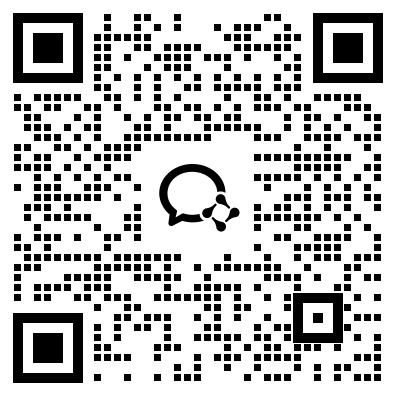As we live in a world of technology, we have all encountered situations where we have to wait for something to happen. In these situations, we often see the “wait signal”. This signal can be that spinning circle on our computer screen, the loading bar on a website, the beep on our phone, or the red light on a traffic signal. The “wait signal”, is familiar to all of us, but its implications and effects have not been thoroughly explored. In this article, we will explore the different aspects of the “wait signal” and how it affects us both socially and psychologically.
The Psychological Aspect:
The “wait signal” has significant psychological implications. When we encounter a “wait signal”, our brain enters a state of uncertainty. We do not know how long we have to wait, and this genera anxiety, frustration, and impatience. This uncertainty can lead to us making poor decisions, wasting time, or even giving up. The frustration that the “wait signal” generates can also trigger negative behavior which could affect our personal and social lives. It's essential to remind ourselves to remain patient and calm when we encounter the “wait signal”.
The Social Aspect:
The “wait signal” also has an impact on our social lives. When we are waiting for something, we tend to become more aware of our surroundings and the people around us. This phenomenon is why waiting rooms are often the source of thought-provoking conversations. The “wait signal” becomes a conversation starter that bridges the gaps between strangers and leads to wholesome conversations. On a larger scale, the “wait signal” generates a sense of community and shared experience among people who have encountered it.
The Technical Aspect:
From a technical perspective, the “wait signal” is an essential part of our computing experience. Without this signal, we would not know if the computer or website is processing a request or has crashed. It provides us with visual feedback and prevents us from repeatedly clicking on buttons. The “wait signal” is designed to show us that the system is working, and it is often accompanied by messages that inform us of what is happening. It is a critical part of our digital experience.
In conclusion, the “wait signal” may appear insignificant, but its impacts are widespread, affecting us on a personal, social, and technical level. It induces impatience and anxiety, leading to negative behavior and poor decisions. It becomes a source of conversation and community building while waiting. It provides us with essential feedback on the status of our systems and applications. Hence, it's critical to recognize the impact of the “wait signal” and approach it with patience, understanding, and a positive mindset.
微信扫一扫,领取最新备考资料
